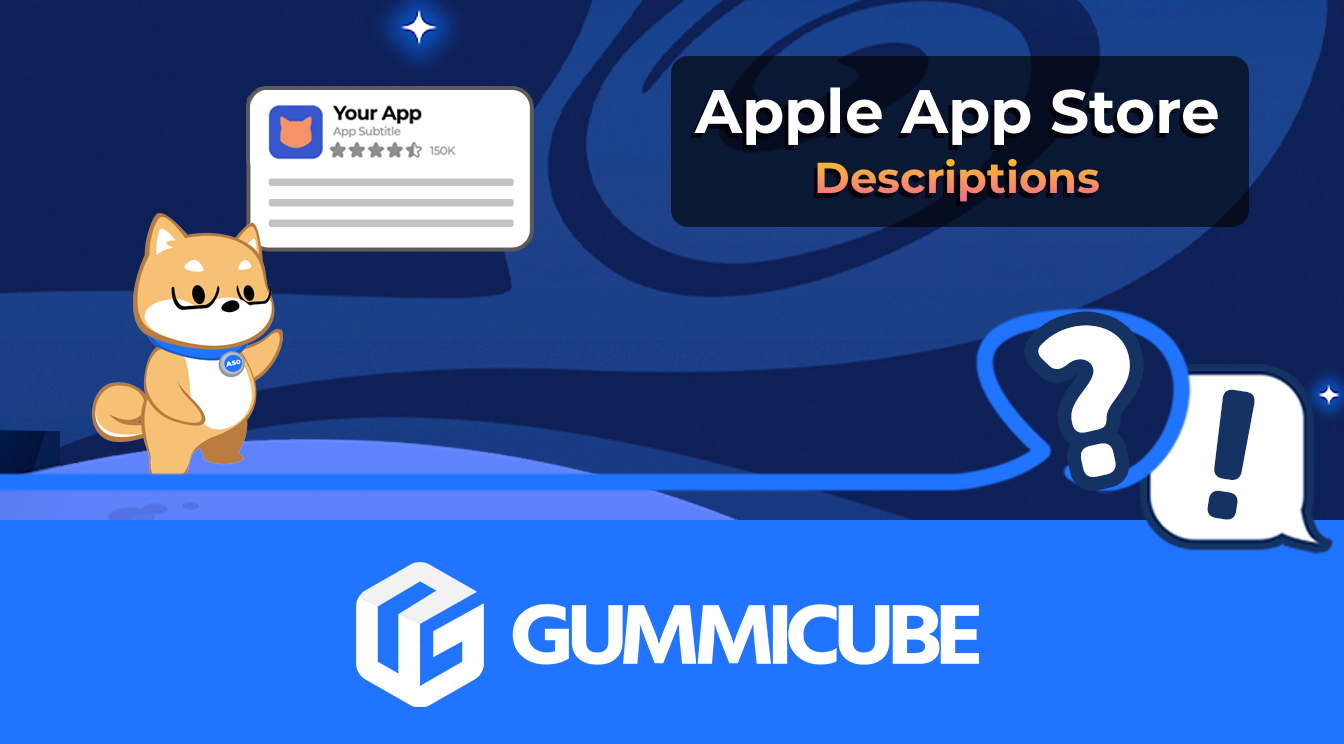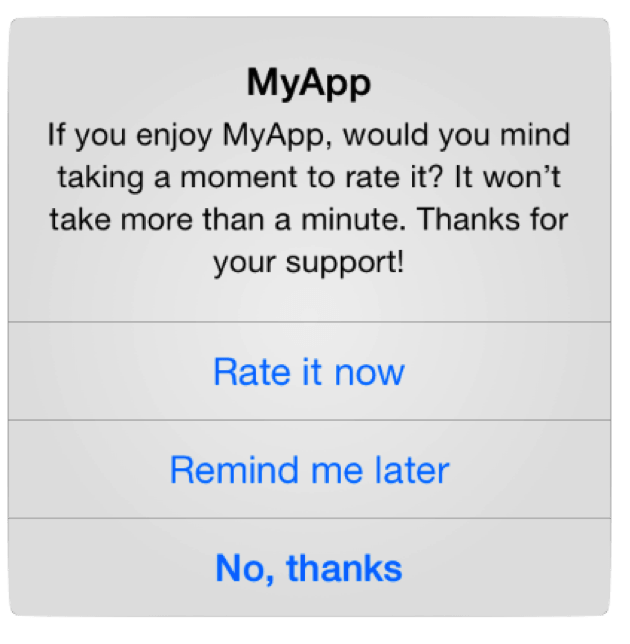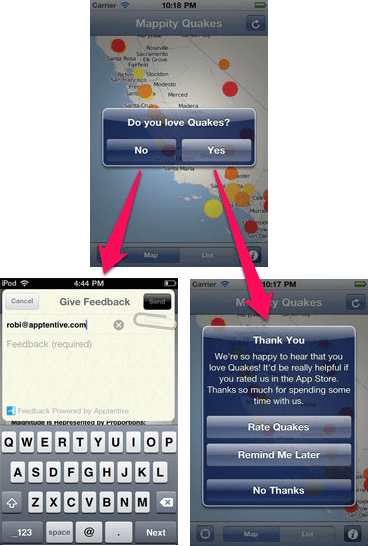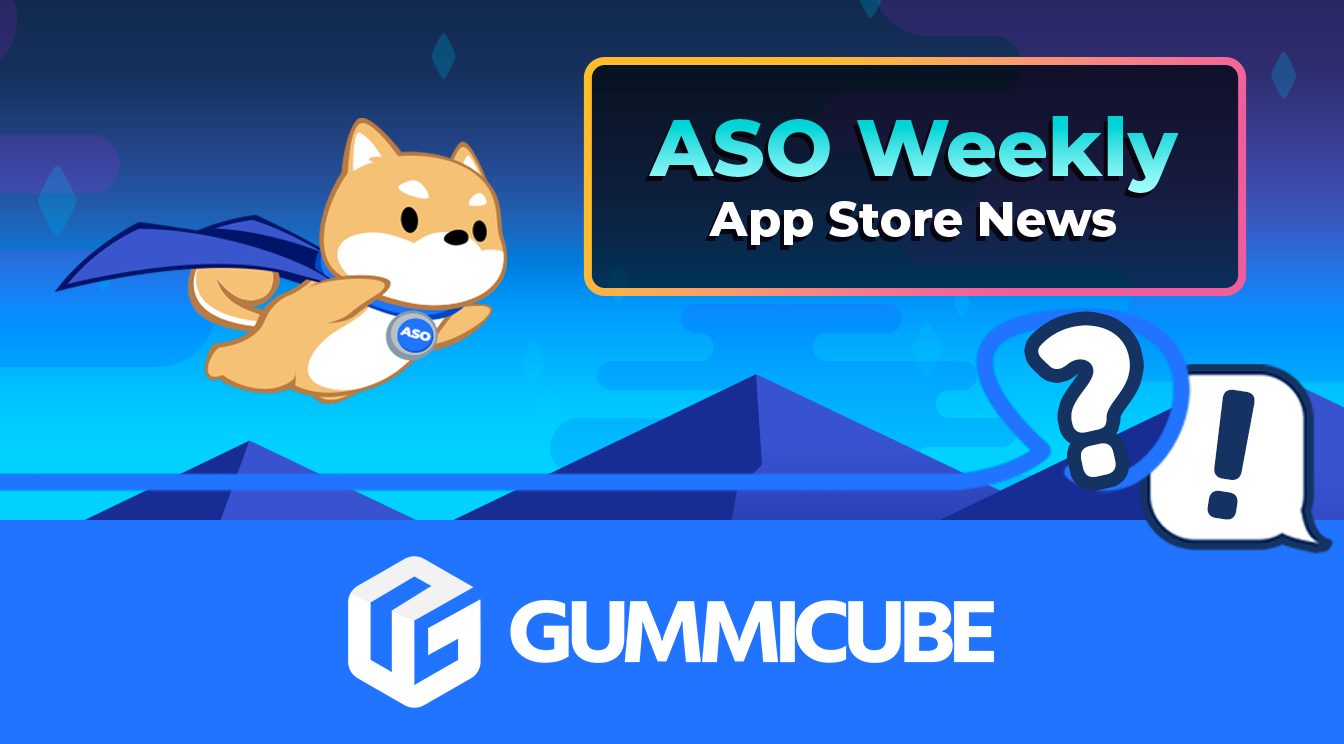
How to Write an Apple App Store Description
Posted on July 17th, 2024
Learn how to approach App Store descriptions the right way so you can effectively engage and convert users.

Apple and Google both use app store reviews and app store ratings in their app store search ranking algorithms. App store optimization as a practice and strategy is evolving as are the app store ranking algorithms that help to shape ASO. Because the app store rankings algorithms are not shared publically, and differ between Apple and Google, it is not possible to provide a specific weight of the quality, volume, or momentum of app ratings and reviews on search rankings. While it does not appear there is a minimum number of ratings for top rankings in either Apple's App Store or Google Play, it is generally accepted and understood that:
It follows then that any complete app store optimization strategy requires looking beyond the app listing and to not only building an app users love, but one that they are willing to rate and post reviews for.
Even with a somewhat cumbersome process, the best way to acquire lots of positive ratings and reviews is to build a great app that connects and resonates with its intended audience.
An amazing app is not enough. Let’s review the actual process of rating and reviewing apps from the user’s perspective.
Users can rate and review apps from their mobile devices in the app store app, or via the web if they are logged in. The part that is a bit broken is that asking for a rating and review requires a user to stop using your app, leave your app, open a new app (the app store app) and navigate to the review section or tab. While this is not ideal - there is another fairly common issue of irrelevant ratings.
Reminder: you might not look at technology in the same way as your users pic.twitter.com/mb2YiyC9Yd— Benedict Evans (@BenedictEvans) October 1, 2015
Every marketplace from Amazon to Yelp suffers from their own issues with user reviews - so how do we make the most of the opportunity to hear from our users and influence new app installs and search rankings?  Let’s see if we can’t help our users a bit, by making it easier to leave our apps a relevant review.
Let’s see if we can’t help our users a bit, by making it easier to leave our apps a relevant review.
There are a few approaches to encouraging users rate your app that range from passive to downright annoying and disruptive to the user experience.
The least obtrusive to the user experience, adding a link in your app’s menu or settings directly to your app’s listing in the app store accomplishes two things:
Not very proactive, but helpful. A more proactive approach would be actually asking for ratings and reviews.
A few years ago, a popular approach for requesting mobile app reviews was to simply schedule a popup that asked for a rating and review.  The publisher could set the popup to open on the 3rd app open (for example), or after 10 days or both. This approach is flawed for several reasons:
The publisher could set the popup to open on the 3rd app open (for example), or after 10 days or both. This approach is flawed for several reasons:
A better time to request a rating or review is when a user is at a high point in your app. Maybe they passed a level, unlocked some content or otherwise just had a good experience in your app.
The ideal way for many apps to best support their users and create a funnel for acquiring ratings and reviews is checking in periodically on the user's experience. If there is an issue > funnel to support. If the user is happy with the app > ask for a review.  This has been the approach adopted by many of the mobile app review and user management services.
This has been the approach adopted by many of the mobile app review and user management services.
The above example is actually from Apptentive - so let's start there.
Offering ratings prompts and management, in-app polling and messaging and a growing list of features, Apptentive has built their business on helping publishers maintain a happy and engaged user base.  Asking Point Similar features set to Apptentive, different pricing tiers and a focus on automation. Or check out an example of a custom implementation shared in a case study from the news app Circa: The Right Way to Ask Users to Review Your App
Asking Point Similar features set to Apptentive, different pricing tiers and a focus on automation. Or check out an example of a custom implementation shared in a case study from the news app Circa: The Right Way to Ask Users to Review Your App
If you are thinking that there must be a more user-friendly way to prompt for ratings and reviews - allow me to throw some
water on the fire.
"We appreciate you taking the time to rating and review our app - here are some smurfberries". Not allowed and your app will be rejected. The thinking is that these offers incentivize 5 star ratings (even though the smurfberries are rewarded regardless of rating).
The small task website fiverr used to be littered with offers for app reviews. Similar to buying Facebook "likes" or Twitter followers, you could just pay a service to generate a huge # of ratings and reviews for your app. Both Google and Apple are not only very aware of this issue but often take significant steps to deter this behavior. The purchased reviews will be discovered and removed, and your app will likely be penalized or even removed from the app store. If you decide acquiring mobile app reviews and ratings is an important part of your app marketing, avoiding the above restrictions and using examples in this post will help you get started.

Learn how to approach App Store descriptions the right way so you can effectively engage and convert users.

Learn how to grab your audience's attention through effective and engaging app store preview videos.

Welcome to this week’s ASO Weekly - The App Store halts gambling ads amidst outcry and the Apple takes a bite out of NFT app sales.